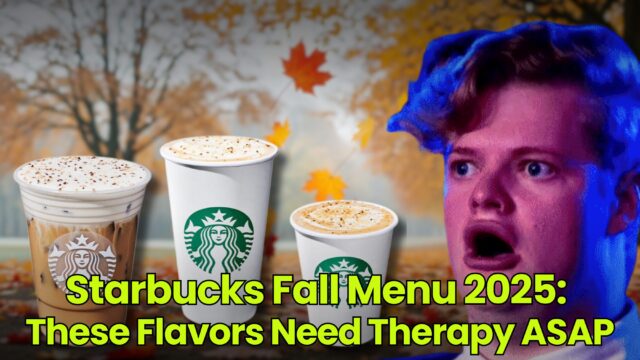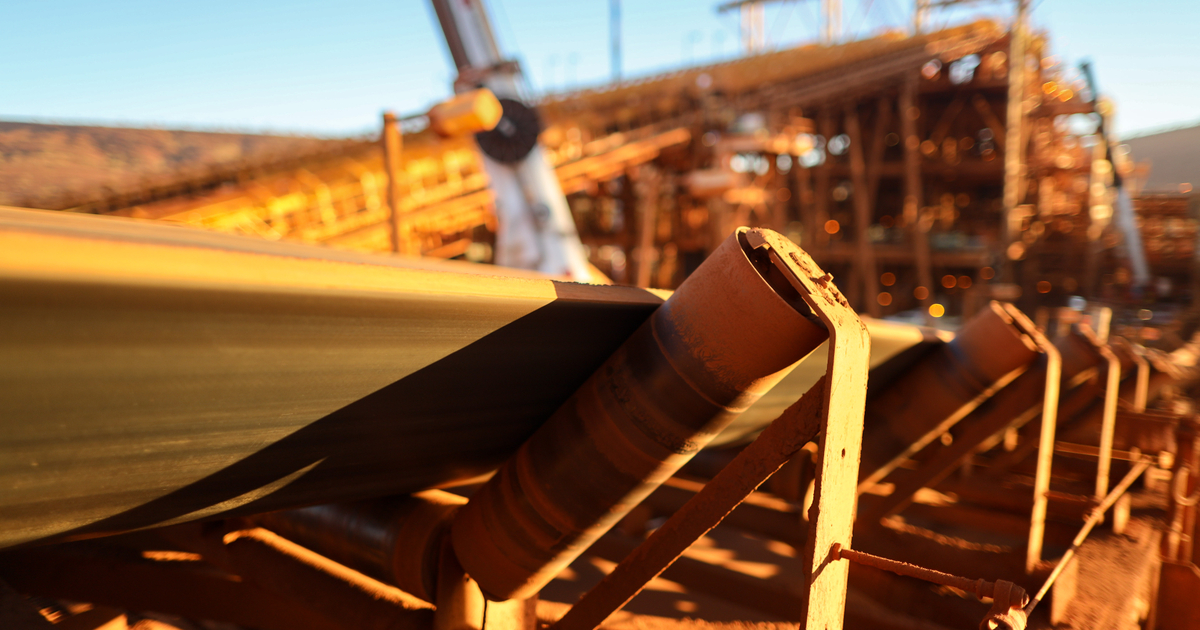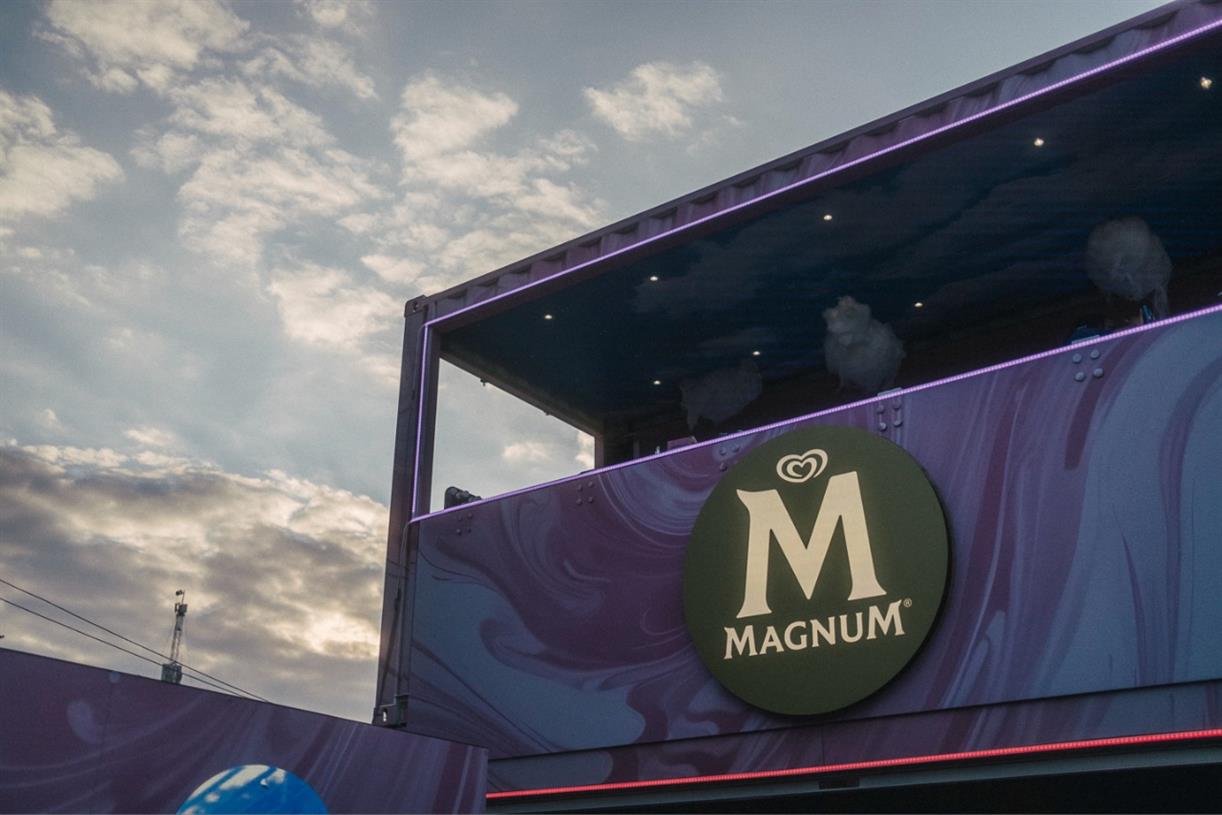Procter & Gamble cuts marketing spending in face of inflation and supply woes
Ad spending remains well above pre-pandemic levels but decreased last quarter amid inflation pressure on margins and supply issues for some categories.

Procter & Gamble Co. pulled back substantially on ad spending as a share of sales last quarter amid rising commodity inflation and supply-chain constraints, but the company said its spending remains well ahead of pre-pandemic levels and in line with historical norms.
Overall, ad spending cutbacks don’t look to be hurting much. P&G had organic sales growth of 7%, 5% without adjustments for currency, acquisitions or divestitures, to $19.5 billion. And the company said its market share grew by 0.5 percentage points across its full global business in the quarter.
The company reported overhead and marketing “efficiencies” in the quarter of 2% of sales, or $390 million, of which marketing was likely the largest part. In prior years, P&G has spent such savings by putting the dollars into marketing. But, as with the prior quarter, that wasn’t the case in the just-ended fiscal fourth quarter.
The pullback comes despite P&G now recouping most of its commodity-fueled cost increases through price hikes. The company reported close to $900 million in cost inflation, offset by around $760 million in price hikes last quarter, with more across-the-board price hikes to come this quarter.
“Our spending has been somewhat reduced” in the quarter, said P&G Chief Financial Officer Andre Schulten in a media briefing. Cost pressure was part of the reason, he said.
“That was also driven by the supply situation to a degree,” Schulten said. “We still have a number of categories that are not in full supply, so heavy advertising in categories where we are not in supply doesn’t make a whole lot of sense.”
But he said P&G will not pull back broadly on advertising. And he noted that P&G’s media spending is up more than $1.2 billion annually since 2019 and up 0.4 points as a share of sales since then.
'We don't see a lot of trade down'
P&G’s capability to drive targeted media—shifting more money to digital and from “broad-based TV to more targeted TV”—has allowed the company to reach the same number of consumers with higher frequency and higher quality even with less spending, Schulten said.
“You will see some of our productivity flow through to the bottom line,” he said. “Some of it will be reinvested over time.”
P&G’s unit volume has been hurt by price hikes, but taking away the effect of the shutdown of much of its Russian business, overall volume still rose 1% in the quarter, Schulten said. And organic sales in its beauty business were flat, hurt by the loss of SK-II sales due to COVID-19-related lockdowns in China.
Some consumers are pulling back on purchases now in light of recent price hikes, Schulten said. “We don’t see a lot of trade down in our portfolio,” he added, and the company is benefiting from having multiple price tiers in many categories. In some cases, he said, P&G is still getting consumers to trade up with marketing that focuses on superior value and innovation.
Still, Bernstein Research found P&G’s U.S. market share declined by more than 0.5 percentage points in the most recent quarter of data from NielsenIQ. Evercore ISI has similarly seen P&G sales momentum slowing of late based on IRI data, attributing that in part to rivals Kimberly-Clark Corp. and Colgate-Palmolive Co. seeing results accelerate as their retail shipments increase and supply-chain problems ease.
Shares of P&G fell 4.7% to $141.09 in Friday morning trading.

 ValVades
ValVades 
































